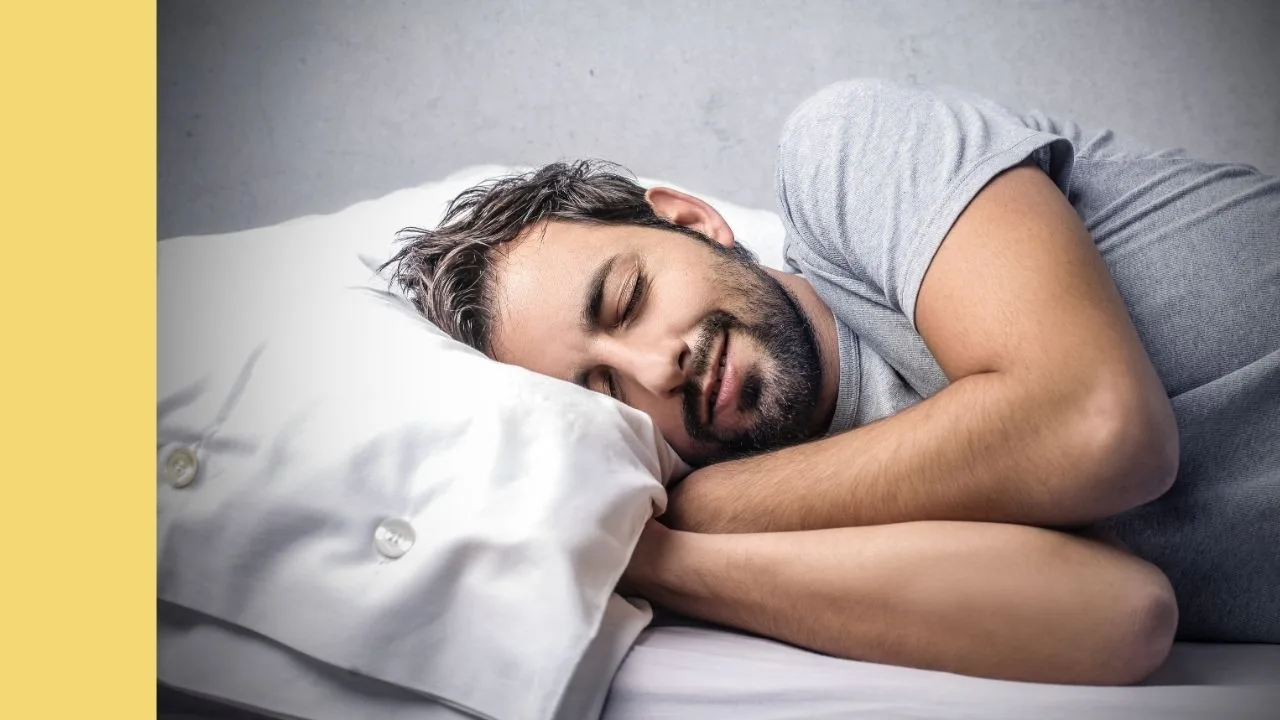The June ASX Investment Products report shows that ASX-listed exchange-traded funds (ETFs) have reached a combined market capitalisation of more than $50 billion.
About ETFs
Exchange traded funds, or ETFs, are investment funds that are listed on a securities exchange. They can be managed funds or index funds, or in other words, active or passive, and the fees are usually lower than an unlisted investment fund.
ETFs give an investor exposure to many different shares or assets with a single purchase, offering one of the quickest and easiest methods of achieving diversification.
You can find ETFs for different asset classes like shares, bonds, property, commodities or fixed interest. To learn more about ETFs, check out the Rask Finance video below.
ETF Growth
ASX-listed ETFs hit the milestone of a $50 billion market capitalisation in June with growth of 30.1% over the last 12 months.
According to the ASX Investment Products report, there are now 198 ETFs listed on the ASX, and the average daily transaction value is more than $200 million.
BetaShares offers the largest range, with 46 different ETFs listed. Some other large providers include iShares and Vanguard.
Why Choose ETFs?
ETFs can be utilised for several different reasons. For example, an active investor may choose to buy individual shares, but when it comes to bonds exposure, it’s usually easier to purchase a bonds ETF than it is to buy individual bonds.
Passive investors may avoid buying individual shares and just stick to buying and holding ETFs long-term. This can be an effective way of gaining exposure to the share market while lessening the risk of individual shares performing poorly.
Another option, and the way I use ETFs, is as the core of a portfolio. In other words, an investor may choose to put most of their funds in ETFs, say 50% to 75%, and then invest the remaining funds in high-conviction share ideas that will hopefully boost the overall return of the portfolio.
No matter how you choose to use ETFs, they’re becoming an increasingly important part of most investors’ portfolios, and it’s worth considering how an ETF could fit with yours.
To get started, the free report below includes our number one ETF pick for 2019.
[ls_content_block id=”14948″ para=”paragraphs”]
Disclosure: At the time of writing, Max does not own shares in any of the companies mentioned.










